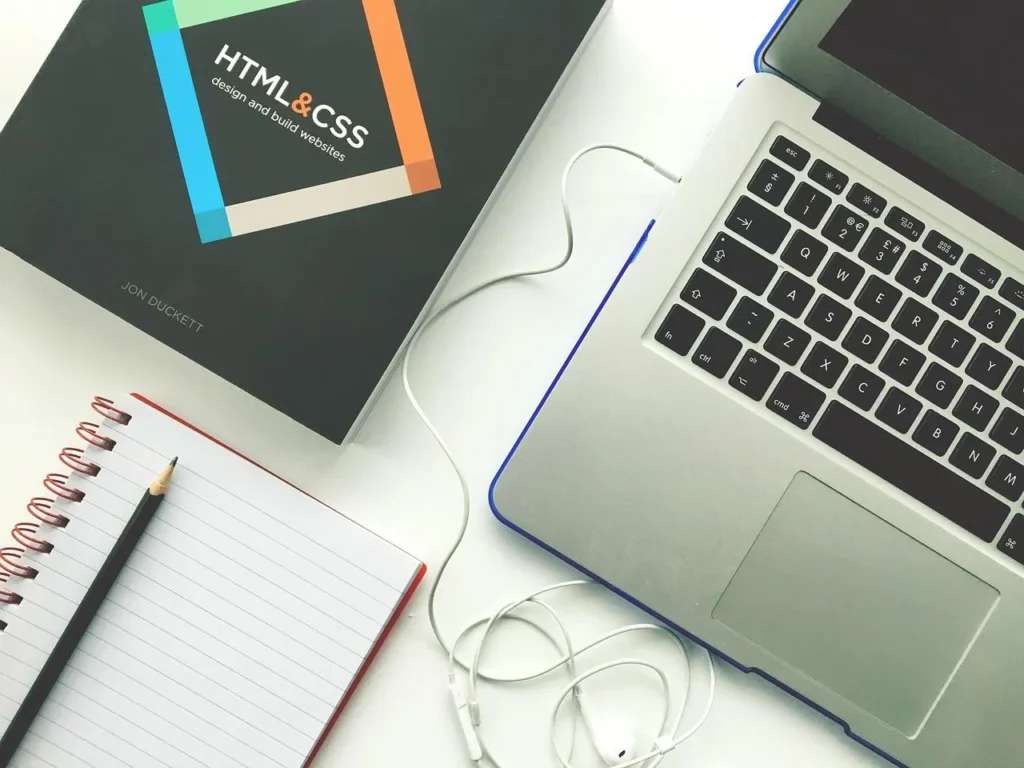Web designing is of the critical factors in attracting customers to your online business. According to research, 94% of users who visit a site get a first impression from its design. Consequently, it comes down to the website design whether the visiting user will get impressed by your business or not. These facts make it pertinent for business owners and web developers to pay extra heed to the design aspects while building a website.
The process of Web Designing
Website design is a complicated process that involves many steps. In this piece, we will try to make each step easy for you to start somewhere.
Step 1. Planning Stage
The first thing for any project is creating a sound plan and defining each step. It would help if you had a clear idea about the website’s design outline goals and overall outlook from the very beginning.
- One of the essential steps is to study your competition, as they have already gone through this process.
- Afterward, you can also check the customer requirements to evaluate the cost of the web design.
- Collect some more information about the brand you want the website to promote.
- After checking the competition and customer requirements, you can list features that you would want to include in the final design.
Step 2. Research
After all the planning, it is your time for the research phase. A designer looks for existing design solutions that the competitors or anyone else in the market have already applied. The customer is actively taken in the loop to adapt the design to needs and the forthcoming trends. The designers find out the color schemes and other trends prevalent in the market and find inspiration for the new and unique designs. At the end of this step, the designer now has a rough sketch of the website design requirements that they need to cater for. The customer and the designer develop a shared vision for the future web design and give it an initial shape.
Step 3. Creating Wireframes
Once you have collected all the data according to your requirements and market trends, it’s time to create a wireframe design. A wireframe is the schematic image of the website and the elements it will host. It is usually monochromatic and made in a graphic editor app like Adobe and Sketch. This step will give an initial graphical representation of your ideas and make it easy for you to visualize your prospective web design.
Step 4. Creating layout and homepage navigation
The home page is usually the first page people open while visiting your site, which gives it the utmost importance. The design of this page will create the first impression; hence, it should be user-friendly and pleasing to the eyes. Planning this page will give you a grip over controlling your first impression on the visitors.
Creating a layout will help you distribute the content across the space available on your website. It is also essential to define which content appears above and below the fold.
Above the fold – This region of the website should contain complete information. The essential information appears here, which is immediately accessible to the visitors.
Below the fold—This region of the website contains detailed information, for which the users would need to scroll below the landing page to find information. You should always keep the company’s logo at the top of the site, so your brand becomes immediately recognizable to everyone who visits your website. You also place a navigation bar, usually at the top of the site, that links to all the other important pages.
Step 5. More Elements
Apart from the content, you add other elements like animations and sliders to enrich your website and give it a more colorful and interactive look. The users recognize such features as attracting and register it as a positive experience, which will help your brand convert leads into customers. Banners, prompts, loading bars, forms, and all such elements add to the site’s aesthetics and help give more information to the user in a unique manner.
To enrich the overall site design, it is worth considering adding additional elements.
Step 6. Fonts and Colors
You decide the color schemes in the branding process and apply them across your website. Color has a psychological impact on users, and their buying decisions greatly depend on color psychology. It would be best if you catered to all these factors while deciding on the site’s color. For instance, food brands usually have red and yellow in their colors, as many psychologists suggest that these colors make you hungry. Every color has a specific psychological impact on users, and you should do your research well before picking it for your brand.
Fonts are another factor that helps you improve your brand identity. Your fonts should be readable and well in line with the overall outlook of the website. Fonts should also be in suitable sizes as something too big or too small will negatively impact the customers and their image of your brand in general. Some businesses rely on standard fonts like Times New Roman, while others tend to be more customized following their brand identity.
Final Thoughts
These are some of the steps involved in the creation of your website. As you can see, it is a comprehensive and complicated process, but if you follow the steps correctly, you will end up with a fantastic website. However, we recommend you hire a web development team since the technicalities in this kind of work go beyond the scope of the article, and it is advisable to get the help of the experts.


